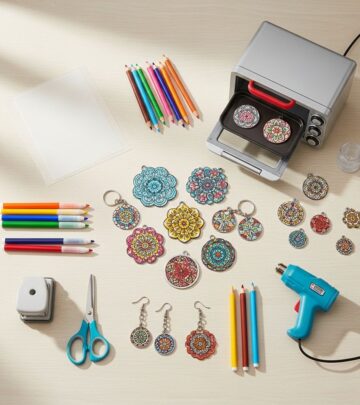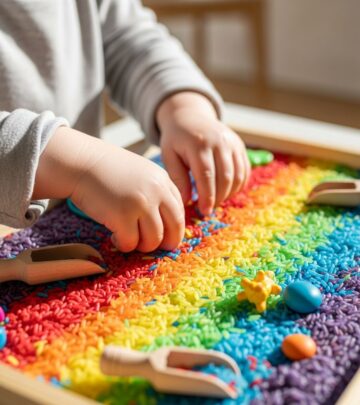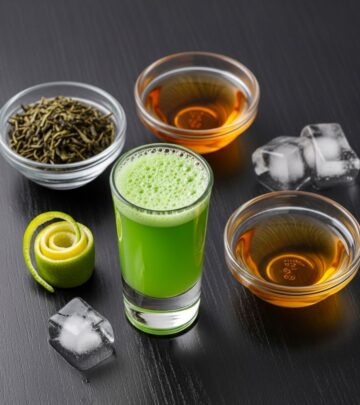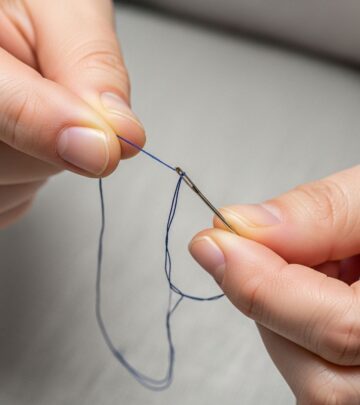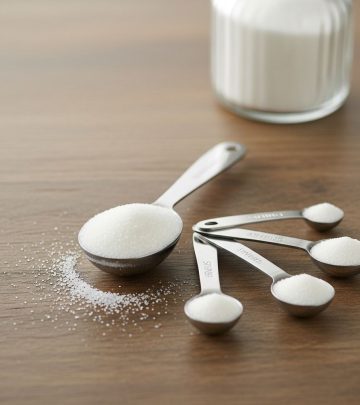How to Care for a Rubber Tree
Learn how to keep your rubber tree healthy and thriving with these expert care tips.
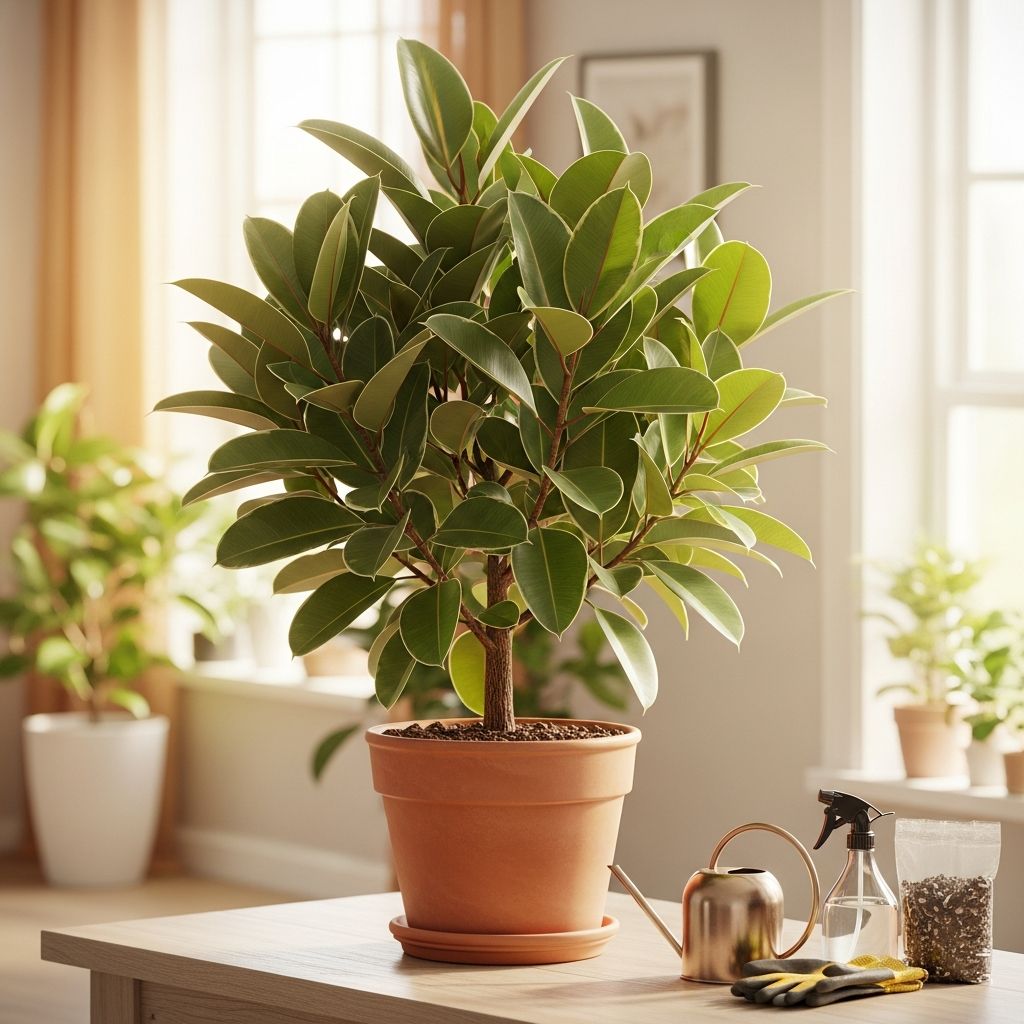
Rubber trees, also known as Ficus elastica, are popular indoor plants thanks to their striking foliage and relatively easy care requirements. With the right attention, your rubber tree can thrive and become a stunning centerpiece in your home. This guide covers everything you need to know about watering, light, pruning, and maintaining your rubber tree for optimal health and beauty.
Choosing the Right Pot
One of the most important aspects of rubber tree care is selecting the right pot. Always use a pot with drainage holes to prevent water from accumulating at the bottom, which can lead to root rot. If you prefer a decorative pot without drainage, consider using a plastic nursery pot with drainage inside the decorative pot. This allows you to remove the plant for watering and prevent water from sitting in the saucer.
Light Requirements
Rubber trees thrive in medium to bright indirect light. Place your plant near a window where it can receive plenty of natural light, but avoid direct sunlight, which can scorch the leaves. If you notice the leaves turning yellow or brown, it may be a sign that the plant is getting too much direct sun. On the other hand, if the plant is not growing or the leaves are pale, it may need more light.
Watering Your Rubber Tree
Proper watering is crucial for the health of your rubber tree. The key is to let the top 2/3 of the soil dry out before watering again. You can check the moisture level by sticking your finger 3-4 inches into the soil. If it feels dry, it’s time to water. If it’s still moist, wait a few more days.
When watering, make sure to water thoroughly so that the entire root ball is moistened. After watering, discard any excess water that collects in the saucer to prevent the plant from sitting in water. Overwatering is the most common cause of root rot, which can be fatal for your rubber tree.
The frequency of watering will depend on your climate and humidity levels. In drier climates, your plant may need to be watered more frequently. Once you establish a routine, your rubber tree will grow better with consistent care.
Fertilizing Your Rubber Tree
Rubber trees benefit from regular fertilization during the growing season, which is typically spring and summer. Use a balanced liquid houseplant fertilizer diluted to half-strength and apply it once a month. Avoid fertilizing in the fall and winter when the plant’s growth slows down.
You can also add worm castings to the soil for an extra nutritional boost. This natural fertilizer helps improve soil structure and provides essential nutrients for healthy growth.
Pruning Your Rubber Tree
Pruning is an important part of rubber tree care, especially if you want to control the plant’s size and shape. If left unpruned, your rubber tree will grow tall with a single trunk. If you prefer a bushier look, prune the central stem back to a leaf node. This will encourage the growth of side branches and create a fuller, more compact plant.
When pruning, wear gloves and long sleeves to avoid contact with the milky sap, which can cause skin irritation. Remove any dead or damaged leaves to keep your plant looking its best and prevent the spread of disease.
Leaf Care and Cleaning
The large, glossy leaves of the rubber tree are one of its most attractive features. To keep the foliage looking its best, wipe the leaves with a damp cloth or sponge as needed to remove dust buildup. Dust can interfere with the plant’s ability to photosynthesize, so regular cleaning is important for the plant’s health.
Avoid using leaf shine sprays, as they can clog the pores (stomata) on the leaves and reduce their ability to breathe. Instead, use a soft, damp cloth to gently clean both sides of the leaves.
Temperature and Humidity
Rubber trees prefer warm temperatures between 60-85°F (15-29°C). They can tolerate a wide range of indoor temperatures, but avoid placing them near drafts or cold windows in the winter. If the temperature drops below 50°F (10°C), the plant may suffer from cold stress.
While rubber trees can adapt to average indoor humidity levels, they appreciate higher humidity. You can increase humidity by misting the leaves with a fine-spray mister every few days or by placing a humidifier nearby. Avoid placing the plant near heating vents or air conditioners, which can dry out the air.
Repotting Your Rubber Tree
Rubber trees should be repotted every 2-3 years or when they outgrow their current pot. Choose a pot that is one size larger than the current one and use a well-draining houseplant compost. When repotting, gently loosen the roots and remove any dead or damaged ones. Water the plant thoroughly after repotting to help it settle into its new home.
Common Problems and Troubleshooting
Like all houseplants, rubber trees can encounter a few common problems. Here are some tips for troubleshooting:
- Yellowing leaves: This is often a sign of overwatering. Check the soil moisture and adjust your watering routine accordingly.
- Brown leaves: Brown leaves can be caused by too much direct sunlight, low humidity, or underwatering. Move the plant to a shadier spot and increase humidity if needed.
- Leaf drop: Rubber trees may drop leaves when they are stressed by changes in light, temperature, or watering. This is normal when you first bring the plant home, but if it continues, check for other issues.
- Pests: Rubber trees can attract pests like spider mites, mealybugs, and scale. Inspect the undersides of the leaves regularly and treat any infestations promptly with insecticidal soap or neem oil.
Frequently Asked Questions (FAQs)
How often should I water my rubber tree?
Water your rubber tree when the top 2/3 of the soil is dry. This usually means watering every 1-2 weeks, but the frequency will depend on your climate and humidity levels.
Can rubber trees tolerate low light?
Rubber trees prefer medium to bright indirect light, but they can tolerate lower light levels. However, growth may be slower, and the leaves may be smaller and less vibrant.
Is the rubber tree toxic?
Yes, the rubber tree is toxic if ingested. The milky sap can cause skin irritation and is harmful to pets and small children. Keep the plant out of reach of curious hands and paws.
How do I make my rubber tree bushier?
To encourage a bushier growth habit, prune the central stem back to a leaf node. This will stimulate the growth of side branches and create a fuller plant.
Can I propagate my rubber tree?
Yes, rubber trees can be propagated from stem cuttings. Take a cutting with at least two leaf nodes, remove the lower leaves, and place it in water or moist soil. Keep the cutting warm and humid until roots develop.
Conclusion
Caring for a rubber tree is relatively simple, but attention to detail can make a big difference in the plant’s health and appearance. By providing the right light, water, and nutrients, and by pruning and cleaning the leaves regularly, you can enjoy a lush, vibrant rubber tree that adds beauty and elegance to your home. With a little patience and care, your rubber tree will thrive and become a beloved part of your indoor garden.
References
- https://www.gardendesign.com/houseplants/rubber-plant.html
- https://greeneryunlimited.co/blogs/plant-care/rubber-plant-care
- https://www.patchplants.com/pages/plant-care/complete-guide-to-rubber-plant-care/
- https://abeautifulmess.com/how-to-care-for-a-rubber-tree/
- https://www.youtube.com/watch?v=sKAoayjrxjU
- https://www.thesill.com/blogs/plants-101/how-to-care-for-rubber-tree-ficus-elastica



